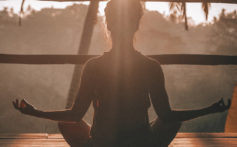Yoga for Mental Health
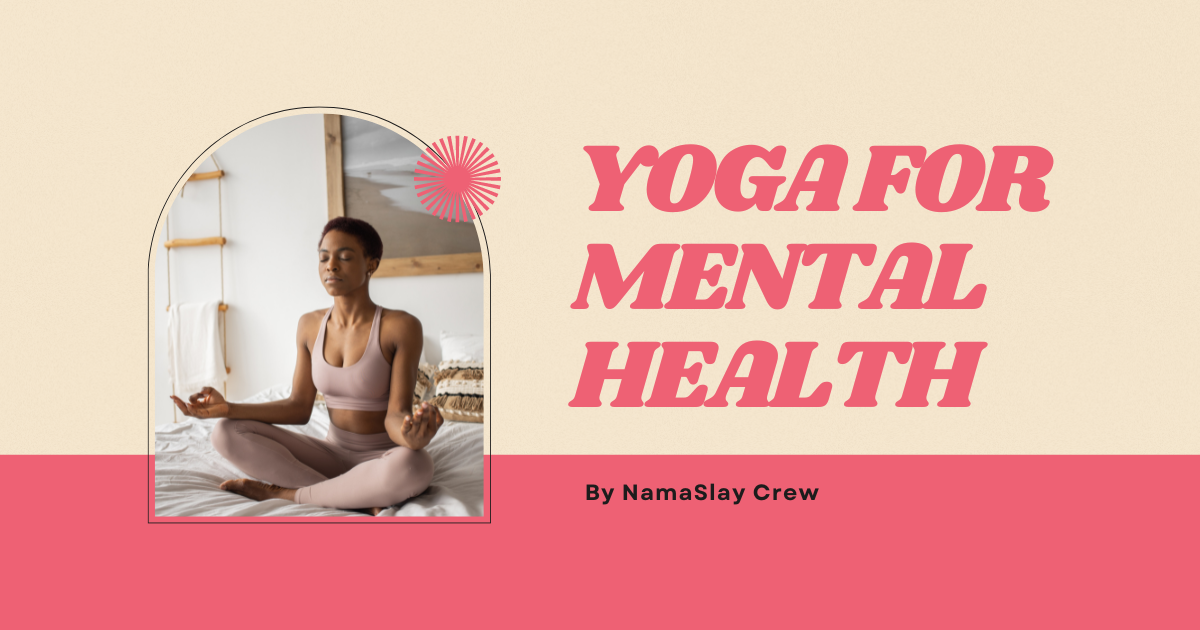
Yoga for Mental Health
You know yoga, yeah, that super cool ancient practice that’s been around for ages? Turns out, around 36 million people in the U.S. are totally hooked on it. Pretty wild, right? I mean, we’re talking about a mind-body-soul workout that goes way, way back! And get this – yoga isn’t just another trend; it’s like a free mental health magic tool that’s up for grabs for everyone. Seriously, it’s like a gift waiting for you to unwrap. So, if you’re looking for a way to boost your mental wellness game that’s chill, accessible, and oh-so-effective, let’s dive into why yoga is the ultimate go-to for your mind and soul.
The Mental Health Benefits of Yoga

Despite the hype, yoga isn’t just some new-agey hobby people practice because it’s trendy. Medical doctors and mental health practitioners are well aware of the benefits of yoga for mental health. Dr. Natalie Levins, an osteopathic physician, reminds us that yoga and breathing exercises can improve mental well-being by boosting mental clarity and calmness. She sees the physical manifestations of stress that can result in neck pain, headaches, substance use, and sleeping problems. Yoga makes people more aware of their bodies, which can help encourage them to take preventative measures.
If one doctor’s opinion isn’t convincing enough, consider these findings by the National Institutes of Health. Yoga offers significant mental health benefits, including reduced depression, anxiety, and stress, while promoting relaxation and improved sleep patterns. That’s because, through techniques such as deep breathing and mindfulness, yoga can actually shift the body’s response away from fight-or-flight and towards relaxation. This can result in a lower heart rate, decreased cortisol levels, and increased feelings of well-being and self-confidence.
The study also revealed that continuing to practice yoga enables you to enhance serotonin levels and decrease levels of enzymes that break down neurotransmitters and cortisol. As these are often indicators of other mental health disorders, yoga can be a complement to your other efforts to manage your mental health. Additionally, yoga improves flexibility, muscle strength, and joint health.
Long story short – yoga is worth a second look because it holistically addresses your mind, body, and spirit. That makes it an ideal blend of physical health, mindfulness, and spiritual practices. For example, while physical exercise has health benefits for the body, running and biking may not fully address mental health symptoms. Similarly, mindfulness and spiritual practices are important, but those alone do not work to strengthen and heal the body. Yoga is unique in its ability to promote overall health and well-being by focusing on all aspects of the things that keep you healthy.
Six Mental Health Benefits of Yoga

Many people find that even occasional yoga sessions deliver noticeable mental health benefits. These are just a few of the ways that you can elevate your mood and reduce symptoms of stress with yoga.
Stress Reduction
Yoga reduces stress by focusing on deep breathing and mindfulness. Controlled breathing activates the body’s relaxation response, while mindfulness helps break the cycle of stress-inducing thoughts. The physical postures also release muscle tension and improve circulation, promoting relaxation and well-being.
Anxiety Relief
Yoga poses (called asanas) and meditation can alleviate anxiety by promoting physical relaxation and mental calm. Asanas release muscle tension and improve circulation, while meditation breaks the cycle of anxious thoughts. Together, these can reduce stress hormones and foster a sense of inner peace.
Reduced Depression Symptoms
The NIH study revealed that yoga positively affects mood and depression. Regular yoga practice seems to reduce symptoms of depression and improve overall mood by lowering stress hormones, increasing endorphin levels, and promoting relaxation and mindfulness.
Enhanced Focus and Concentration
The same study indicates that regular yoga practice enhances attention, concentration, and memory by increasing blood flow to the brain. Better blood flow can promote mindfulness and reduce stress, creating a stellar mental environment for learning and information retention.
Boost in Self-Esteem and Confidence
Take it from us: slaying your yoga practice boosts self-esteem and body image, too. Mastering poses and deepening mindfulness can give you a serious sense of accomplishment and self-acceptance.
Better Sleep Quality
Yoga promotes relaxation and supports better sleep. We agree with researchers that reducing stress, calming the mind, and releasing physical tension, ultimately improves sleep quality.
Things to Consider When Practicing Yoga on Your Own
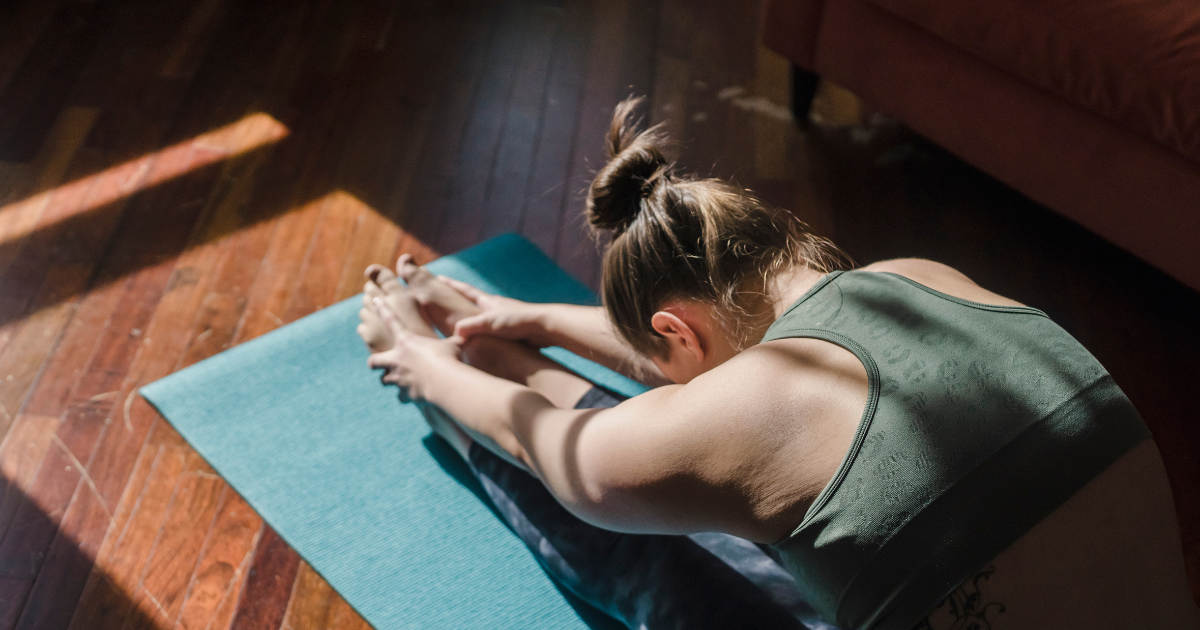
Of course, you are strong and capable enough to rock almost any challenge you face. But, as you begin your journey toward building your daily yoga practice, it’s important to take time to think about how you’ll get into your yoga practice.
Create a Safe and Comfortable Yoga Space at Home
Creating an inviting environment for your yoga practice involves several key considerations. First and foremost, minimize distractions by choosing a quiet area where you can fully focus on your practice without external interruptions. Then, be sure the space is softly illuminated, preferably with natural light or warm, gentle lighting that promotes a sense of calmness and relaxation.
In addition, many people find that the right sights, sounds, and smells help create the ideal soothing atmosphere for yoga. Personalize the space with soothing elements like scented aromatherapy candles, calming music, or inspiring artwork to create a serene atmosphere that encourages mindfulness and tranquility. By thoughtfully curating your yoga space with these essential elements, you can optimize your practice and experience the full benefits of yoga for both body and mind.
Stock Your Space
The next thing you’ll need is to stock your space with essential yoga accessories like:
- Yoga blocks
- Yoga mats
- Yoga ball
- Yoga bolster
- Meditation mat
- Meditation cushions
Comfort is paramount, so invest in a high-quality yoga mat that provides adequate cushioning and support for your body during poses. Consider incorporating supportive accessories such as a yoga ball, blocks, or straps to enhance your practice and assist with alignment and flexibility.
Here are a few of my personal favorites you can purchase on Amazon:
Thick Yoga Mat
When I was younger my knees never bothered me. Now that I am over 40, that is no longer the case. Sometimes a girl just needs a little more support, you know? This extra thick mat is so nice when you want to practice, but want to avoid pain in your joints, hips, hands and knees. it’s one inch thick, unlike typical yoga mats which are typically pancake thin. It also comes in a bunch of colors so you can pick the one you like best!

‘Breathing Buddha’ Guided Visual Meditation Tool
I love the benefits of meditation, but I personally prefer a guided exercise to help me stay focused because my mind always wanders. Someone recommended this product to me. I found that because I’m focused on the light and my breathing, I’m able to stick with it. HIGHLY recommend! I’m very surprised at how something so simple has been so effective for me.
The device comes with two modes you can follow. You use the fade-in, fade-out color prompts for the 4/7/8 or 5/5 ‘calming breath’ technique.
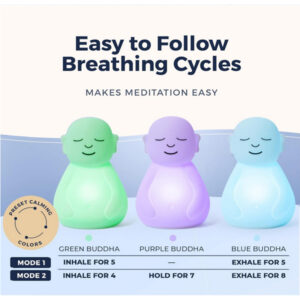
Green Buddha – Inhale
Purple Buddha – Hold
Blue Buddha – Exhale
Yoga Mat Holder and Wall Shelf
I also really love this yoga mat holder and floating shelf. So cute! It has a rack for your mats but it also has a shelf so you have somewhere to store your smaller items as well. I love that the mats aren’t just laying on the floor and the shelf adds a bit of artistic inspiration for your yoga space. Definitely acts as a reminder to get up and practice when I see the mat waiting on the wall for me.

Listen to Your Body and Your Spirit
You have probably heard the term “listen to your body” used during yoga sessions. That’s because the aim of yoga is to increase awareness of your body and mental state. However, that comes with the understanding that the positions you hold could potentially stress or injure your body if you don’t pay attention to what your body’s telling you.
This is one reason why practices like listening to your breath and heartbeat can provide insight into your body’s health. If you’re mindful of what your body has to say, you may notice a crackling joint that you were not aware of before. Or you may notice minor pain signals that point to a pre-existing injury or the beginnings of a new injury.
Be mindful of feelings of discomfort, numbness, dizziness, or tingling. If you feel a bone-on-bone sensation (common with the hip bone), avoid repetitive motions during yoga and in your daily routines to avoid injuring those sensitive joint areas.
Learn from the Pros
While it’s possible to teach yourself yoga poses – and practicing yoga at home can serve as the ultimate relaxation and mindfulness technique– we recommend taking some yoga classes before venturing out on your own.
The safety offered by learning some yoga basics from a yoga pro is unmatched, but you can also reap a bunch of the benefits below.
Continued Learning
No one fully masters yoga. The pursuit of mastery is what matters here, and that journey is maximized when you work with a teacher who will help you expand your knowledge of yoga. A teacher brings years or decades of experience that can help you advance your yoga sequences, poses, and breathing techniques..
Inspiration
By working with an experienced yoga instructor, you can be inspired to continue advancing your abilities. Teachers bring new perspectives, and their ability to demonstrate difficult poses with ease can be a source of inspiration that spurs you onward.
Personal Practice
Even if you become advanced enough to lead classes, you can still benefit from continuing on in the role of student. You can strengthen your own yoga journey by learning from others.
Community
Yoga is a wonderful personal journey, but it’s also a stellar social activity. Socializing can further enhance the benefits of yoga for mental health. By building relationships with others in the yoga community, you can network, collaborate, and enjoy a sense of belonging within the larger yoga community.
Self-Care
You can think of your yoga classes as time set aside for self-care. Classes afford you the opportunity to relax and recharge.
Five Yoga and Meditation Exercises You Can Try at Home
Once you’ve become comfortable with yoga, you can start incorporating some simple yoga poses and meditation techniques into your daily routine at home. Finding a variety of poses can provide numerous benefits for your physical and mental well-being.
Cat-Cow Stretch
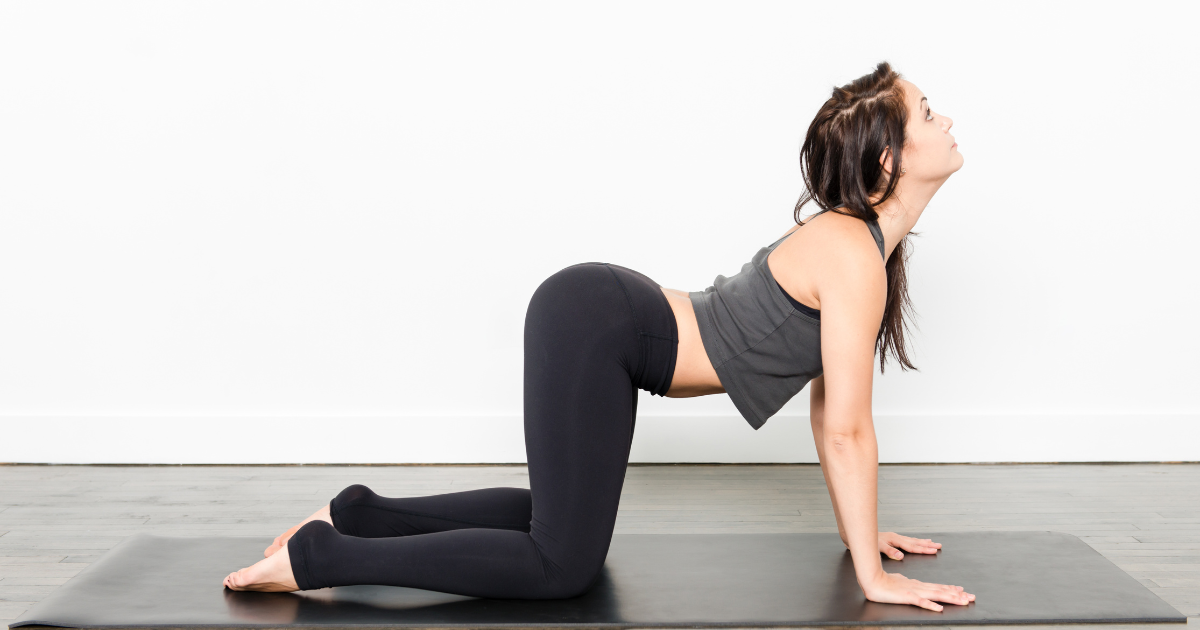
The Gentle Cat-Cow stretch, known for its gentle flow between arcing and rounding the spine, promotes flexibility. Simultaneously, it can relieve stress by encouraging deep, rhythmic breathing.
Start by placing your hands shoulder-width apart, then bring your knees into position below your hips. The cow pose consists of curving your back inward and moving your head upward so you resemble a cow. Then, do the opposite – bring your belly in, curve your back upwards, and exhale like a cat.
Seated Forward Bend
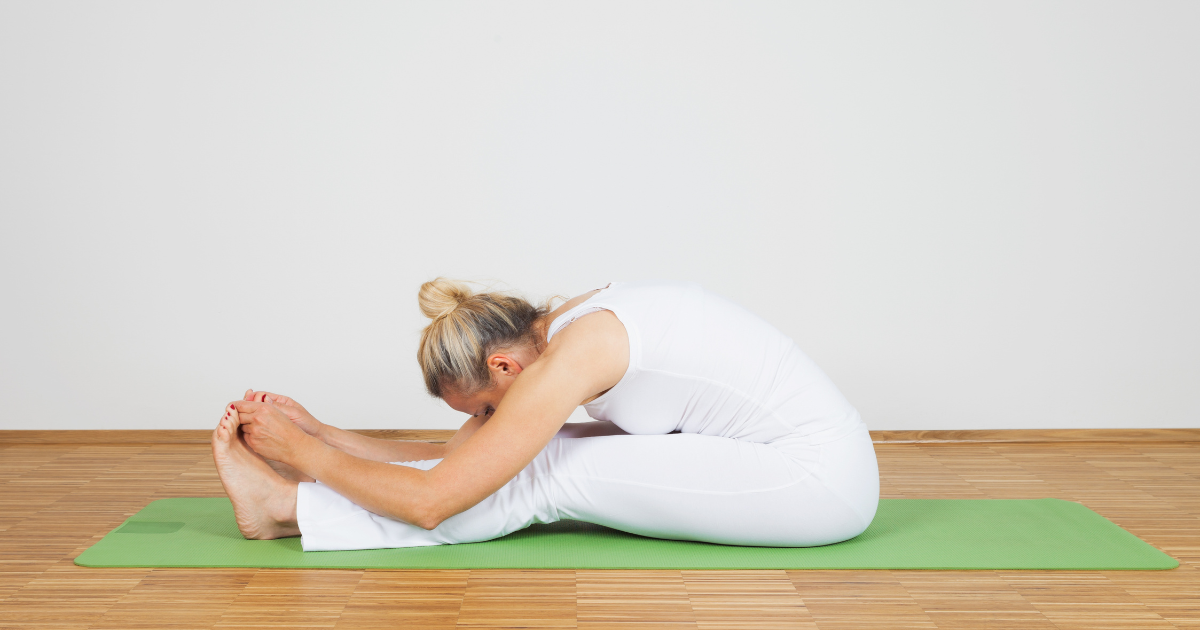
This calming forward fold not only stretches the spine and hamstrings but also helps to quiet the mind and alleviate feelings of anxiety and tension.
Start by sitting up straight. Then, while inhaling, stretch both arms to the sky until they are parallel to your spine. Finally, exhale and bend forward, stretching your hands towards your feet, until your nose is aligned with your knees.
Legs-Up-The-Wall Pose
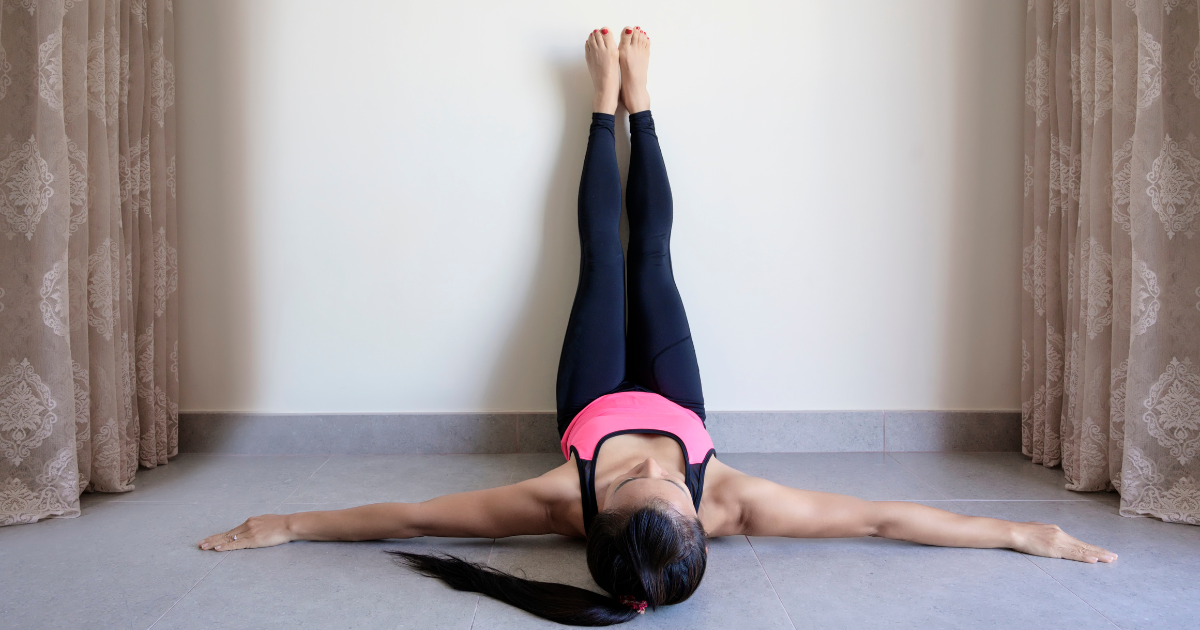
This pose is exactly what it sounds like. Plus, by elevating the legs above the heart, this pose encourages circulation, reduces swelling in the lower body, and induces a state of deep relaxation conducive to better sleep quality.
Start by placing your left side against a wall, keeping your feet flat on the floor. Gradually rest your back on the floor and move until your feet are on the wall. As gently as you can, scoot closer to the wall until your buttocks touch the wall and your legs are extended straight above your hips.
Mindful Breath Meditation
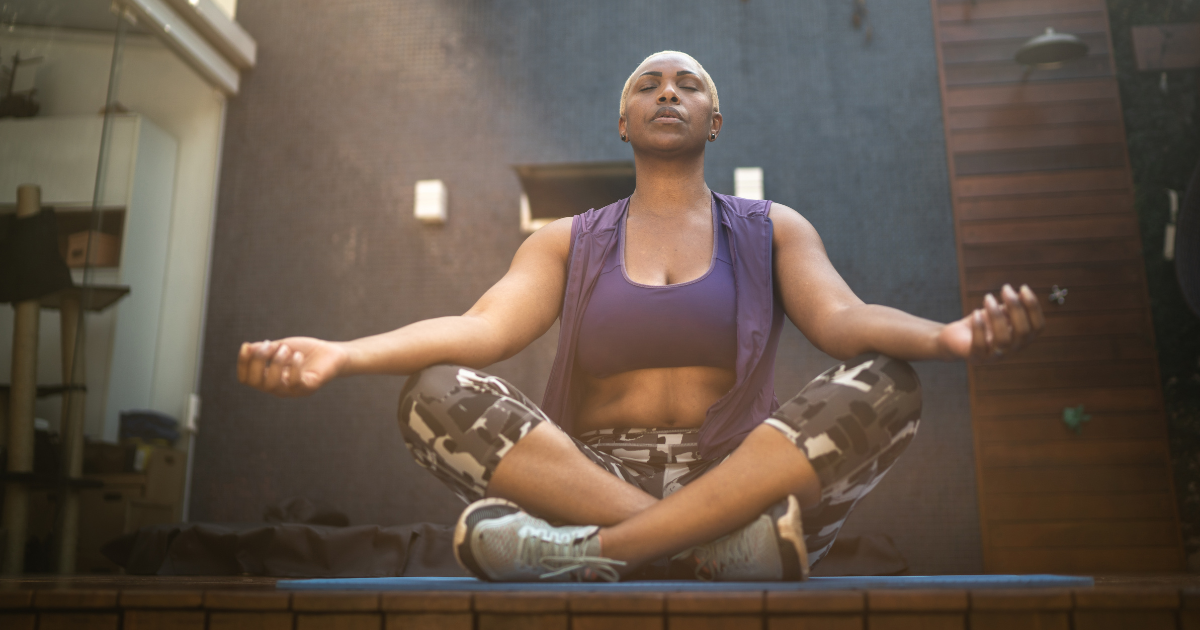
Incorporating a simple Mindful Breath Meditation into your daily routine can help you focus your attention and reduce stress levels. Fortunately, it’s as simple as it sounds. Before, during, and after your yoga sesh, focus all of your attention on your breathing. Think about the rhythm you’re breathing in, how each breath feels as it enters and exits your body, and how it brings calm, relaxation, and deeper awareness as you progress.
Body Scan Meditation
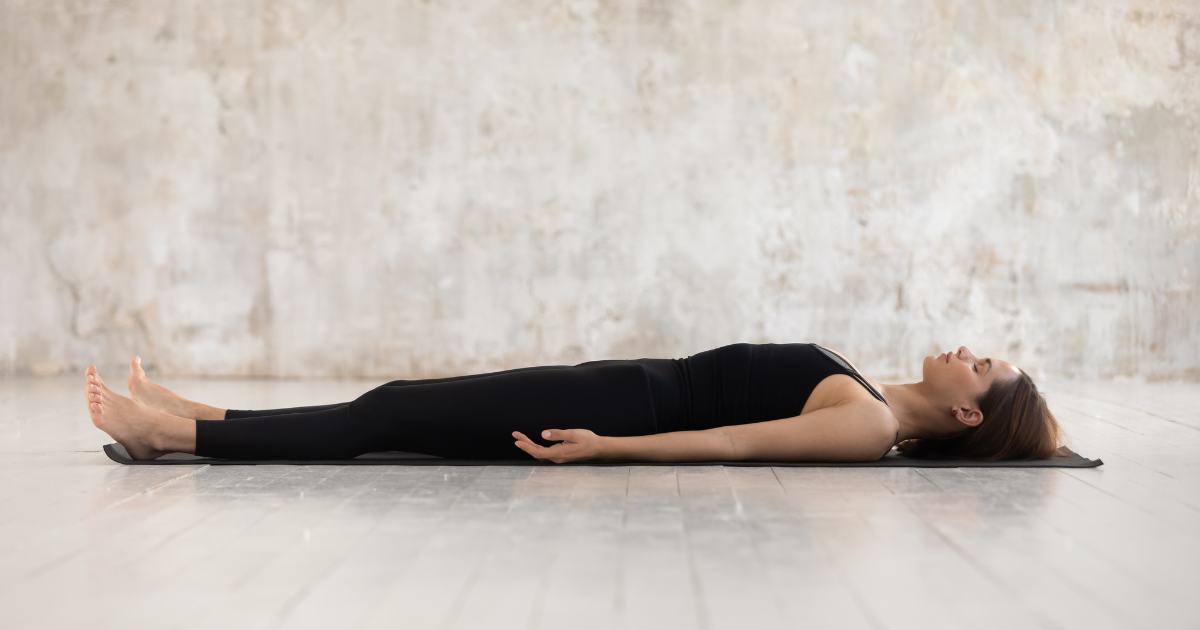
A bit more complex than Mindful Breath Meditation, Body Scan Meditation involves systematically bringing awareness to different parts of the body. It can promote deep relaxation and mental clarity as tensions are released and the mind becomes more grounded in the present moment. After you’ve found a comfortable position and begun breathing deeply, focus your mind on developing an increasing awareness of your body, sending your breath throughout your body from head to toe. Working downward from top to bottom, scan through each part of your body, working either to deliver your breath intentionally to relax it or identify unique sensations that could indicate anything out of the ordinary. Finish with a few deep breaths to disperse the energy throughout.
Yoga and Mental Health FAQs
Yoga offers proven benefits for promoting mental health and fighting stress and depression. Learn more about how yoga can help you with your mental health with these frequently asked questions.
Protect Your Mental Health with Daily Yoga Practice
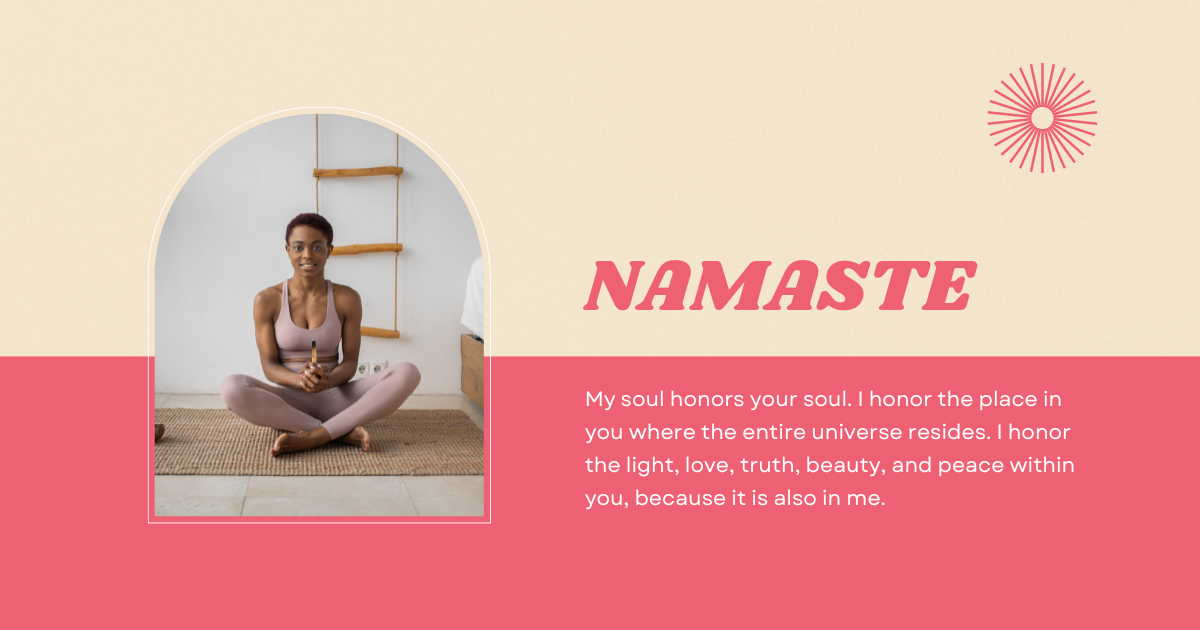
By making yoga a daily practice, individuals can cultivate not only physical strength and flexibility but also inner peace, mental clarity, and emotional resilience. Embracing yoga as more than just a form of exercise, but as a holistic wellness practice, allows one to tap into the profound benefits it offers for mental health. Through mindful movement, breathwork, and meditation, yoga provides a sanctuary for self-discovery, stress relief, and healing.
Let’s remember that each time we step onto the mat, we give ourselves the opportunity to nurture our minds, bodies, and spirits, fostering a sense of balance and well-being that transcends the physical postures.
Namaste.
Sources:
-
- Pandurangi, A. K., Keshavan, M. S., Ganapathy, V., & Gangadhar, Bengaluru. N. (2017). Yoga: Past and Present. American Journal of Psychiatry, 174(1), 16–17. https://doi.org/10.1176/appi.ajp.2016.16080853
- American Osteopathic Association. (2023). Benefits of yoga. American Osteopathic Association. https://osteopathic.org/what-is-osteopathic-medicine/benefits-of-yoga/#:~:text=Yoga
- Woodyard, C. (2011). Exploring the therapeutic effects of yoga and its ability to increase quality of life. International Journal of Yoga, 4(2), 49–54. https://doi.org/10.4103/0973-6131.85485
- Benefits of yoga. (2018). American Osteopathic Association. https://osteopathic.org/what-is-osteopathic-medicine/benefits-of-yoga/
- What Does “Listen to Your Body” Actually Mean? (n.d.). Yogainternational.com. Retrieved June 27, 2024, from https://yogainternational.com/article/view/what-does-listen-to-your-body-actually-mean








